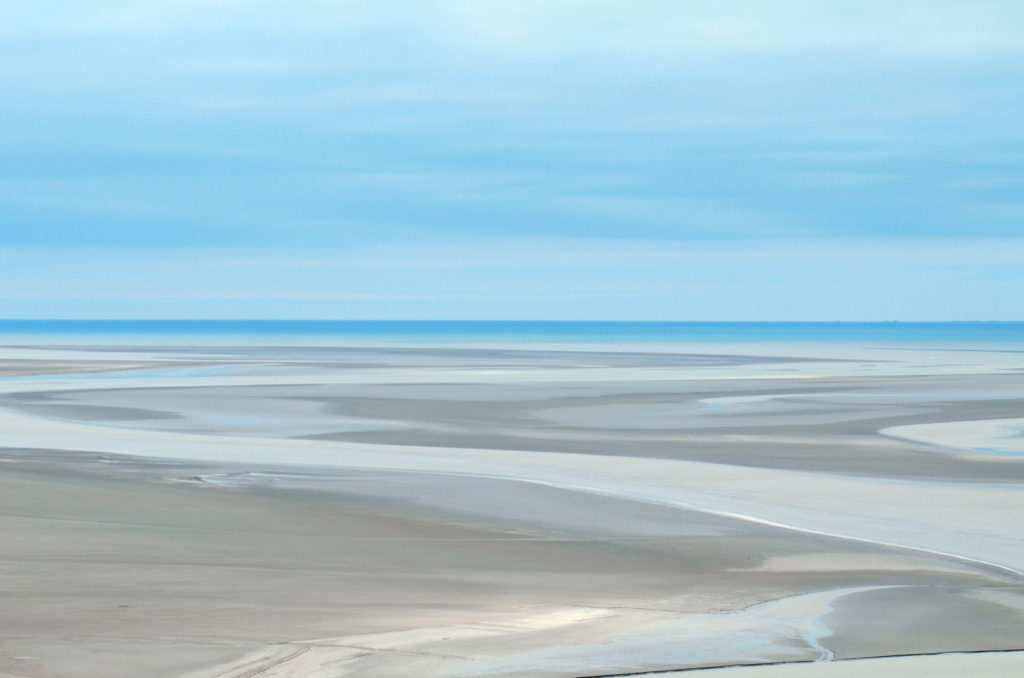Tides are oscillations of the sea levels resulting from gravitational forces exerted by the sun and the moon, as well as a series of environmental factors. These variations are represented by two extremes – high tide and low tide – which correspond to the maximum and minimum range, respectively. A tidal cycle occurs at intervals of 12 hours and 25 minutes, with most coastlines experiencing two cycles per lunar day (25 hours and 50 minutes).
Tides are periodic oscillations of the sea levels, which result from the attraction exerted by the sun and the moon over the liquid particles in the oceans. The influence of the moon in this process is much stronger than that of the sun since it is located a lot closer to the Earth, thus influencing a more intense gravitational pull. In general, the tide rises in a given location when the moon passes directly above or below (on the opposite side of the planet) that specific point, making the waters bulge towards the moon.
There are two main stages in a tidal cycle: (a) high tide: when the level of the sea in a given coastal area reaches its maximum; (b) low tide: when the level of the sea in a given coastal area reaches its minimum. High tides happen regularly, in an interval of approximately 12 hours and 25 minutes (half a lunar day). The concept of “lunar day” corresponds the time the moon takes to complete a full lap around the Earth and return to the same position in relation to our planet – a rotation that lasts 24 hours and 50 minutes. Therefore, most coastal regions (with some exceptions) experience two high tides and two low tides per lunar day, with an interval of approximately 6 hours and 13 minutes between each of them – a type of tidal cycle known as semi-diurnal. Alternatively, some areas may experience diurnal tides – characterized by one high tide and one low tide per lunar day – or mixed tides – two high tides and two low tides per day, usually presenting greater difference in range between them.
The amplitude of tides is directly associated with the phases of the moon: during the new moon and full moon, both the moon and the sun are aligned in relation to the Earth, which causes their gravitational forces to compound and creates higher tidal ranges. Conversely, when the moon is in its first or last quarter – on a 90° angle with the sun, in relation to our planet – the pull it exerts on the Earth is weaker, thus stimulating less activity in the waters and resulting on lower tidal ranges.

Ryan is the founder of Tideschart.com. Originally from New Zealand, Ryan has traveled to more than 20 countries and has combined more than 10 years of development experience with his passion for the ocean.






